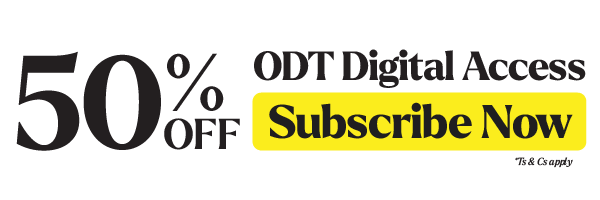There was a chance the Reserve Bank of New Zealand would cut the official cash rate again on December 10 while the United States Federal Reserve was likely to do the opposite a week later - raising its interest rate from zero to 0.25% for the first time in nearly a decade.
At the same time, the European Central Bank was expected to cut its deposit further into negative territory today and potentially accelerate its stimulus programme.
Fonterra was expected to update its $4.60 payout forecast and on current information, a cut seemed possible, he said.
With the ECB and Fed decisions looking ''relatively predictable'', it could be the Reserve Bank that was the most interesting.
The New Zealand central bank had signalled an intention to reduce the OCR one more time, to 2.5%.
The action would be supported by weaker dairy prices, very low inflation, signs of Auckland housing losing momentum and a fragile global economy.
However, recent data had been solid, and with some prospect of Fed-induced currency weakness coming a week later, the Reserve Bank could decide to hold off until next year, Mr Timms said.
Finally, December was the strongest month of the year for shares, with an average return of 1.6% since 1950 in the US - above the average for the rest of the year.
''It's difficult to predict just how markets will react to the Fed hiking rates. There have been five instances of `lift off' since 1980 that we can look to as a guide, although the economic and market backdrop has been different each time, so the consequences have not always the same.''
Generally, the US dollar would strengthen, bond yields would rise and shares experience some short-term weakness, he said.
Those moves seemed logical, yet on two of the five occasions, the US dollar weakened in the 12 months following a lift off.
On one occasion, bond yields fell.
The Standard & Poor's 500 had risen on four out of the five occasions in the following 12 months, although at a more modest pace than before.
On one occasion where the S&P50 fell in 1983, it had risen 45% in the 12 months leading up to the first rate rise, Mr Timms said.
Assuming the Fed did lift rates on December 15 or 16, Craigs expected the US dollar to strengthen further, providing benefits to US exporters and US investments.
There was some risk of equity markets wavering in the short-term before recovering.
In regions where central banks remained accommodative, such as Europe and Japan, there might be more limited impacts.
US sectors more exposed to the domestic economy should perform well, he said.
The US banking sector remained one of Craigs' preferred ways of gaining exposure to the US economic recovery.
The sector had started rebounding on the back of improving fundamentals and would benefit from any interest rate hikes occurring in the medium-term.
With the year almost wrapped up, investors would be looking ahead to 2016, Mr Timms said.
''In this regard, we believe the coming 12 months will be punctuated by persistently low interest rates amid very low inflation, higher volatility, rising geopolitical risks and lower investment returns after such a strong period of performance.''
Against that backdrop, high-quality bonds and companies offering sustainable and growing dividends should remain well supported.
Investors should maintain a cautious stance and favour high-quality companies.
New investors should use periods of weakness to accumulate quality holdings.
A focus should be on local companies likely to benefit from a weaker currency, Mr Timms said.














